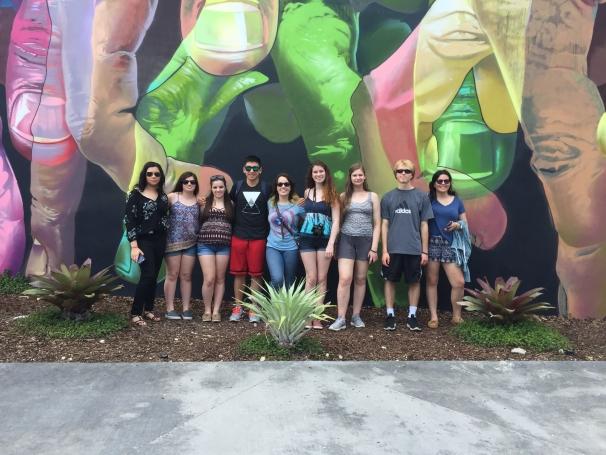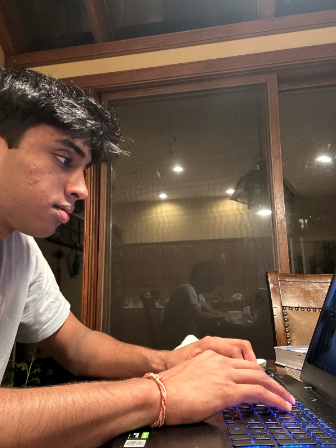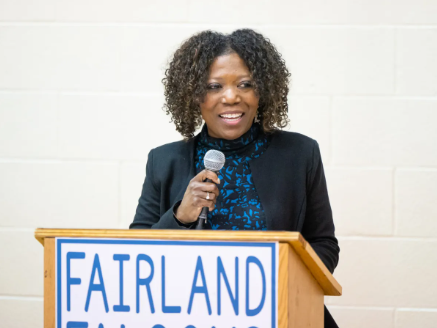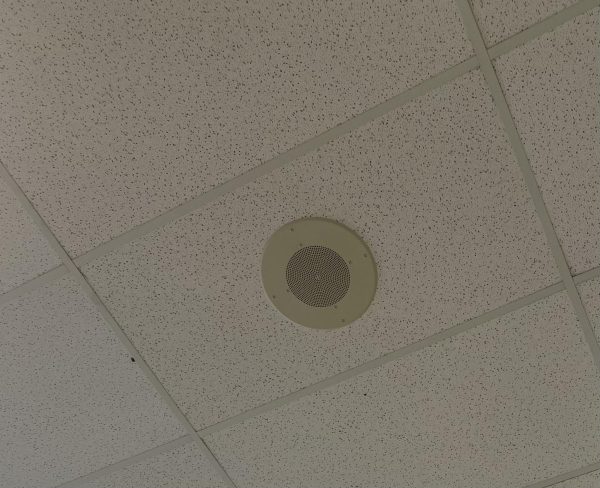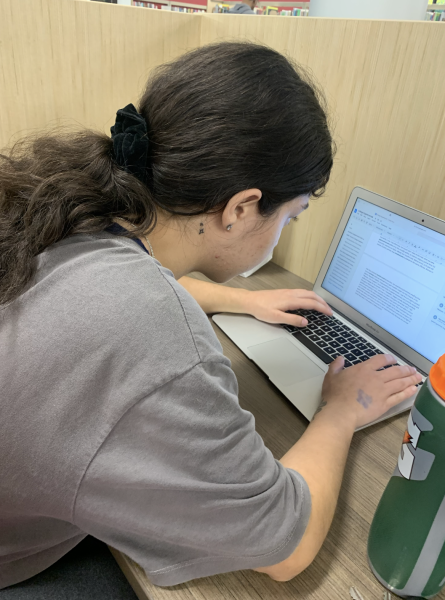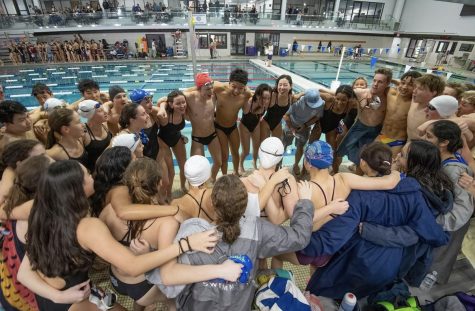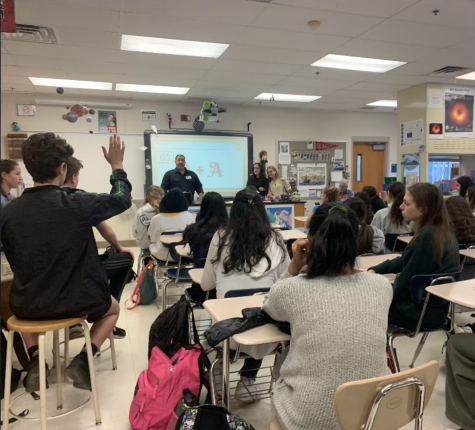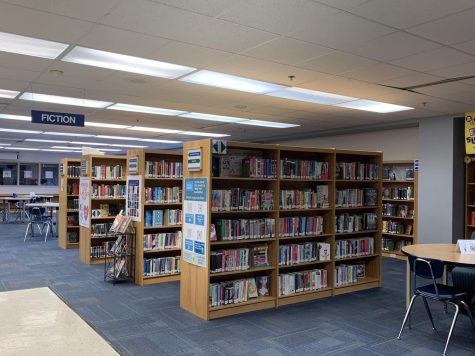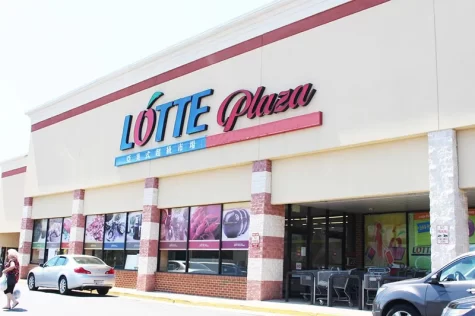CHS Students Travel to Cuba
Photo Courtesy of Kristin Beheler
CHS students are among the first to visit Cuba after the trade embargo was lifted.
May 6, 2016
CHS students went on a trip to Cuba from March 25 to April 2. They visited Havana, Santa Clara, Trinidad and Cienfuegos, and Miami in Florida.
According to AP Spanish Literature teacher and trip sponsor Kristin Beheler, CHS students were able to travel to Cuba using a group visa.
“We had to submit an itinerary proving that we were not tourists and that we went to learn about the people,” Beheler said. “We visited dance and music schools, a library, senior center and daycare, and we learned about the structure and programs there.”
After over 50 years of a trade embargo, masses of tourists are rushing to Cuba before they believe that Americans will westernize the lively Cuban culture that demonstrates a snapshot of life in the 1950s and 1960s.
“A unique part about Cuba is that it feels frozen in time,” senior Audrey Case said. “There are no chain stores or brand new cars.”
According to a March 2015 Washington Times article, there has been a large influx of tourists in the past year. There was a 16 percent increase in the number of tourists in January 2015 in comparison to the previous year. Cuba is expected to see 600,000 American tourists yearly, a majority of whom are Cuban-Americans visiting family or wanting to understand more about the culture and heritage.
“I decided to go on this trip because my grandma was born in Cuba and lived there until she was 8,” sophomore Maya Arnold said.
According to the Washington Times, Cuba is known as a “time-capsule” nation because pieces of Cuba’s history are still apparent in everyday life.
“Cuba is unique because it is untouched by today’s Americans,” Arnold said. “They have all the old Ford cars kept in good condition.”
According to Beheler, the Cubans received the American tourists positively.
“They were excited to share their lives, their jobs, their schools with us,” Beheler said. “It was really eye-opening.”
However, according to an October 2015 Guardian article, Cuba’s buildings may not be ready to support all of the tourists.
“Cuba isn’t quite ready for all the tourism it’s getting,” Case said. “It doesn’t have the infrastructure to deal with the explosion of people visiting.”
According to Beheler, the Cubans see the communist leaders more positively than she believes Americans see them. There were signs of these leaders’ presence all throughout Cuba.
“Billboards and the sides of buildings are painted with propaganda messages like “Viva la Revolucion” (“Live the Revolution”), often alongside the faces of Fidel Castro, Che Guevara and other communist leaders,” junior Lydia Laub said.
According to Laub, the students enjoyed interacting with Cubans and seeing them in their daily lives because they saw how different life is in comparison to the United States.
“One of the most bittersweet moments of the trip was not actually planned,” Laub said. ¨As we were waiting for our tour bus, I saw a group of teenage girls looking curiously at us through a barred window overlooking the sidewalk. I struck up a conversation with them and learned that they were all pregnant and that the building that they were in was a sort of live-in hospital for high-risk pregnancies. One of the girls was 14 years old.”
Overall, the CHS tourists agree that it is best to visit Cuba before America westernizes it.
“Part of the magic about Cuba is that it feels like you’re traveling back in time,” Beheler said. “It’s important to visit sooner rather than later because Cuba will change because of American tourism.”


